Some products are just so universally appealing, they practically sell themselves – like a case for your phone, or a blanket with sleeves. Everybody wants it! Everybody needs it.
Not everybody has it so easy, though.
Some stuff is actually kind of hard to sell online – not because it’s not super valuable or anything, but because communicating that value takes a little extra work!
And that’s where writing a truly extraordinary sales page comes in.
Your sales page has a lot of responsibility on its shoulders – it has to keep your audience’s attention, educate them, AND convince them to part with their money.
(All while almost literally the entire combined knowledge of humankind is tempting them to click away. Thanks a lot, Internet.)
That’s why this post is going to look at 10 outrageously important elements to a successful sales page.
How do pros and CEOs like Nathan Barry, Marie Forleo, Neil Patel, Ramit Sethi, and more create sales pages that close deals?
Let’s take a closer look at some of their most steal-worthy tactics!
1. A good header on your shoulders
No matter how well-written your sales page is – and truly, we believe in you – not everyone is going to read every word.
It’s disappointing, but true! People are busy. They’re looking for answers. They probably don’t need to hang on your every word to distill the essence of what you’re saying.
That’s why you need to write for both readers AND skimmers.
While every last syllable of your sales page should serve a purpose, you should also design your page so that people don’t HAVE to read every last syllable.
Headers and subheaders are one of the most effective ways of doing this, because they guide the reader through the page and help them find the parts most important to them.
(If you’re a blogger, this concept shouldn’t be too foreign to you.)
Take a look at this example – an oldie, but a goodie – from ConvertKit founder and CEO Nathan Barry:

This page could just as easily be written as one long pitch about the handbook he’s marketing, but that wouldn’t be skimmer-friendly.
Instead, the page is broken up into sections, and each section is clearly defined by a subhead that shows the reader what they can learn about there.
It’s the perfect way to guide people to exactly the information most relevant to them – which makes their decision to buy a lot easier.
All this talk about dividing up your sales page brings us to the next major element:
2. A monster at the end of the book
Boredom leads to bounces – simple as that.
If you can’t keep your reader’s attention throughout a sales page, they could be tempted to click away before they even get to your first CTA button!
Like a TED Talk delivered in a haunted house, your sales page has to be both educational and suspenseful – and that means adding in ways to keep your readers’ attention from one section to the next.
One of the best examples of this actually comes from Sesame Street.
(Turns out you can still learn a lot from them even after you’ve mastered your ABCs.)
Back in 1971, Sesame Street resident Grover starred in a little tale called The Monster at the End of This Book.
In this story, Grover learns that the book he’s currently starring in has a monster waiting at the end – and being afraid of monsters, Grover spends every page imploring the reader NOT to continue reading.

Grover’s attempts to convince the reader to close the book become increasingly desperate – so by virtue of both curiosity and schadenfreude, you can’t resist turning the page each and every time.
(Spoiler alert: It turns out that Grover himself is actually the monster at the end of the book – he had nothing to be afraid of after all, and you can feel less guilty for deliberately stressing out a muppet.)
Grover, it seems, would be a deviously good marketer – because even though he doesn’t want you to keep reading, he knows just what to say to make you turn that page!
Just like every page of the book makes you excited to read the next one, every section of your sales page should make the reader want to keep going.
Creating a logical flow from one section to the next and building momentum as you go is the key to keeping your reader interested until they make it all the way to the bottom!
3. Pain points
Why does someone need what you’re selling?
Here’s a hint: your reader might not even realize that their life could be better.
Check out this example from Ramit Sethi:
Kinda makes you think twice, doesn’t it?
Maybe this isn’t something you consider on a daily basis, but with one innocuous question, a seed has been planted – you might not even realize the opportunities you’re missing.
Your product or service exists for a reason: to fix your reader’s problem. When you show that you can identify and understand the problem, you can more easily demonstrate that you know how to fix it.
And when you can make that pain go away, you get to the fourth thing every sales page needs…
4. What-what’s your fan-ta-ta-sy?
There’s a life your reader wants – a life that comes AFTER the pain points they’re dealing with are all settled and out of the way.
They have desires! Ambitions! Needs!
And you can make the connection between where they are and where they want to be.
Here, let’s take a look at online marketing legend Neil Patel:
Neil uses a real-world before-and-after example to show you what happened to his website when he implemented his trademark strategies. Who wouldn’t want to see the same thing happen to their own website?
Appealing to fantasy is something that marketers do all the time, whether on a sales page like this or in commercials that show how easy pouring milk can really be.
You can give your reader a better life – show them what that life would look like.
And what, exactly, is preventing your reader from enjoying that better life already? That’s what you need to address in this next part:
5. The blame game
The whole “tough love” approach might work when you’re, say, training marines – but not so much when you’re trying to make a sale.
Sure, your reader may not be where they want to be just yet. That doesn’t mean they’ve done anything wrong, though – they just don’t yet have the thing they need!
(And the thing they need just so happens to be the thing you offer. Funny how that works out, right?)
Show you’re on the reader’s side – and that you’re there to help.
Here’s an example from online business coach Marie Forleo:
Marie’s mission isn’t to change you – it’s to help you realize the potential that’s already inside, and to use the talents that make you special just the way you are.
Think back to that example from Ramit Sethi under pain points.
It isn’t your fault if you’re underpaid – it’s just that your unique strengths haven’t been recognized, and you haven’t had a resource to help you identify and monetize those strengths.
Both Ramit and Marie have tapped into the idea of addressing the things you deserve – and there’s a good reason for that!
(After all, this approach is clearly working for them.)
A person might not want to spend money on something new or different, but if it will help them get the things they already deserve, that’s a pretty compelling offer. You’re not telling them how to get something – you’re telling them they’ve already earned it.
And how, exactly, do you get them what they’ve earned? Why, with the next thing that belongs on your sales page!
6. The actual thing you’re selling
Okay, this one’s obvious – you’ve gotta showcase the actual thing that you’re selling on your sales page. Here’s another example from Nathan Barry: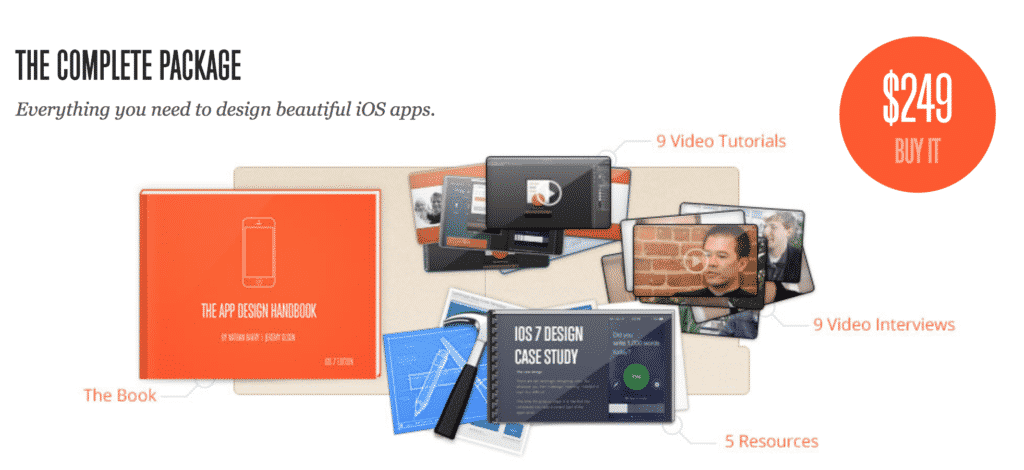
Nathan lays it all out there for you, so you can see every little thing you get – this sales page goes on to break down and list all of the interviews, videos, and resources, so you can even more easily visualize the total package (and just as importantly, visualize USING it).
Here’s another example of visualization, courtesy of AppSumo:
This visualization really sells just how easy it is to use their product – which is especially important for something that sounds technical or obtuse.
And the other important thing this example demonstrates?
Selling benefits is more valuable than selling features.
Your product or service does stuff. And that stuff is great! But your reader isn’t interested in the stuff that it does – they’re interested in the stuff it does for them, meaning the benefits.
In AppSumo’s case, the benefit is being able to easily retarget website visitors for ads. It doesn’t matter how fancy or brilliantly designed the solution is – it matters what the solution does for the reader!
(If this reminds you of the appealing to fantasy section, congrats – you’re seeing how all these little pieces fit together.)
Of course, not EVERYONE is the perfect fit for your product – and that’s why your sales page needs to lay a few ground rules with #7:
7. The bouncer
A sales page is a lot like a nightclub – putting a bouncer at the door makes it a lot easier to qualify traffic.
(Also, there are usually lots of glow sticks. We’ll save that for the next blog post.)
Check out this example from Ramit Sethi:
Not only does it reinforce the quality of the program (it’s not a method for misleading or deceiving people), but it weeds out people who aren’t likely to find it useful – if you’re looking for something simpler, like a book or a video series that won’t force you to do real-world exercises, this isn’t the product for you.
Here’s another way to approach this, from the very same sales page:
This angle accomplishes almost the exact same thing, but in a way that invites the reader to focus on their own goals – the things that they do want, instead of the things that they don’t want.
Either way, once a reader identifies that your product is a good fit for them, there’s something they’re gonna want to know – and that’s the next thing your sales page needs.
8. Brass tacks
If you want someone to buy something, they’ve gotta know how much it costs.
When it comes down to brass tacks, keep the price in perspective, because ROI isn’t limited to dollars and cents.
Here’s that same sales page from AppSumo that we showed you earlier:
Check out the pricing under the “Buy Now” button – they’re selling this thing at almost a $2500 discount! By putting the price in perspective, they make it seem a whole lot cheaper.
The thing is, though, you can’t always compete on price alone – and in fact, you probably shouldn’t.
That’s why you have to keep in mind that ROI goes beyond cold, hard cash.
Here’s an example from Marie Forleo again:
Here, Marie focuses not just on how she’s helped people earn more money – she illustrates the emotional rewards they’re reaping, too.
When you talk about prices and ROI, just remember – there’s more than one way to make it clear to your reader that what you’re selling is worth it.
9. The procrastinator eliminator
How many times have you added something to your Amazon wishlist and then never, EVER actually bought it?
How often do you see something advertised, think, “Oh, that looks cool,” and never think about it again?
(RIP, all the non-stick skillets we saw on TV at 4 am and never bought.)
Your reader needs a reason to take the plunge, and they need it now.
If you don’t give them a reason, they can procrastinate until the end of time!
Here’s AppSumo again, taking this challenge very literally:

They set an actual deadline for making this purchase at the listed price, so you have to make a decision, and soon – and the discount is deep enough that it’s kind of hard to say no.
Neil Patel has taken a similar approach in the past:

Is there really only one spot available? You have no way of knowing – but is it worth it to wait and find out, or would you rather just nab a spot for yourself while you can?
Of course, an approach like these isn’t always an option.
One alternative is to make an emotional appeal – to suggest to the reader that they’ve waited long enough, that there’s no time like the present, and that the sooner they start, the sooner they get the results they want.
Closing on an emotional note like this is a great way to remind your reader about the pain points they’re dealing with and the positive future that awaits – if they take the plunge and buy what you’re selling.
Finally, there’s one more important thing that every sales page needs – and in fact, it’s actually one of the most important things of all:
10. Eye candy
Your sales page has to look good.
(Like, really, REALLY good.)
Fortunately, looks and practicality aren’t mutually exclusive – and with a little testing, you can find that oh-so-sweet spot where they meet.
Here’s an oldie-but-a-goodie example from Neil Patel (we circled the important parts):

This thing has more arrows than an archery convention, and they’re all guiding you from the top of the page to the bottom. Even if you don’t consciously realize that it’s happening, they’re sending subtle cues to your brain that tell you to keep scrolling!
Which brings us to the testing part.
No matter how good your designer is at creating a beautiful, functional sales page, you never really know what will resonate most with your audience until you try different things.
Here’s an example from our own homepage:
Yes, Edgar helps you get more traffic to your website. Edgar saves you hours a week on social media. Edgar is easy to use.
But which of those messages makes the strongest first impression?
Testing is the only way to find out!
(Tip: don’t be quite this ambitious when you start testing. You can learn a lot from just two versions of a single page!)
What’s YOUR favorite sales page strategy?
So there you have it – ten of the most important elements of a successful sales page!
Does every sales page need everything on this list? Of course not – but you should always keep these elements in mind when you start planning.
Got any questions about building a sales page of your own?
Any particular strategies you love – or absolutely HATE?
Speak your mind in the comments below!


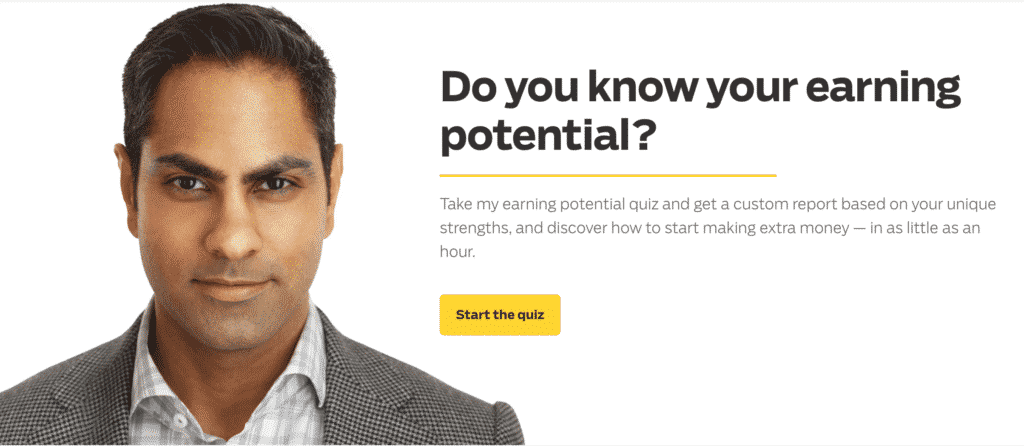
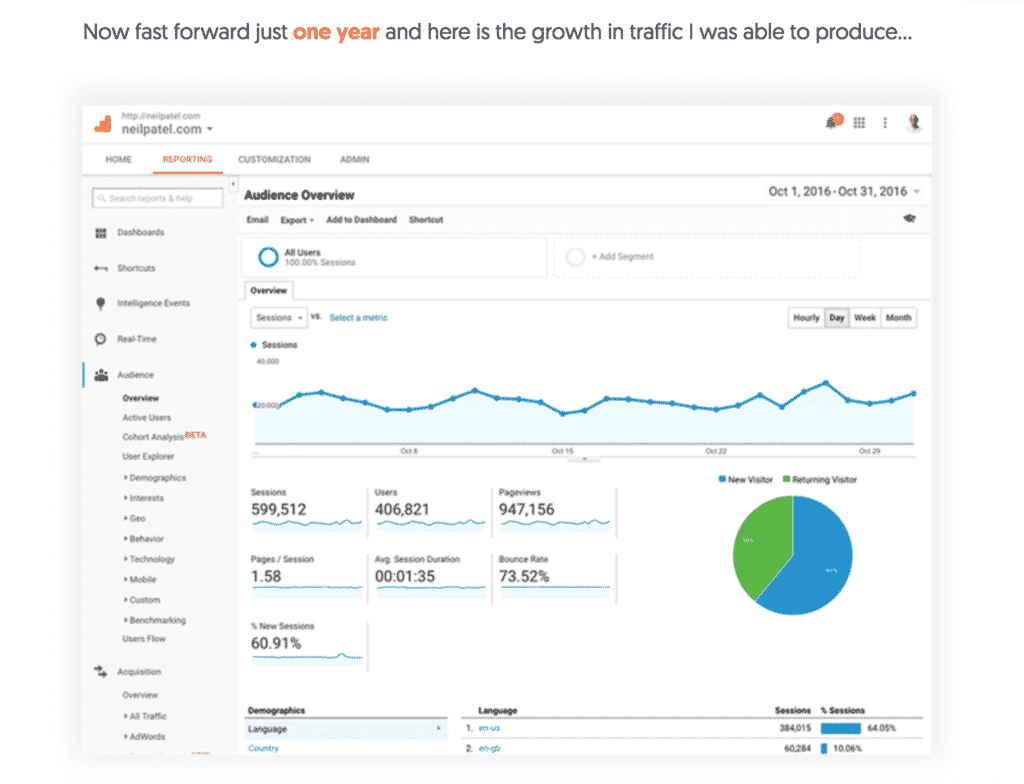
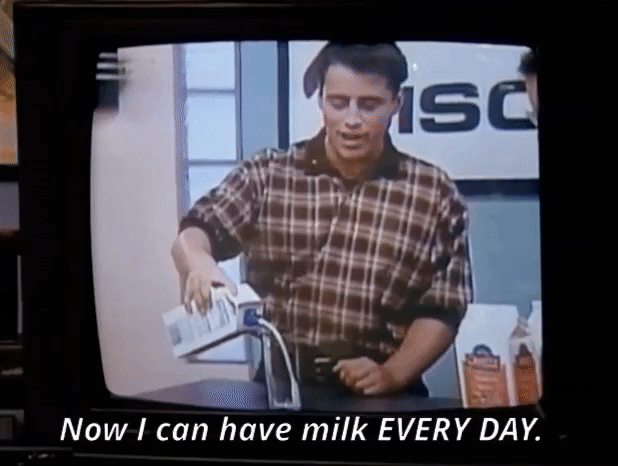
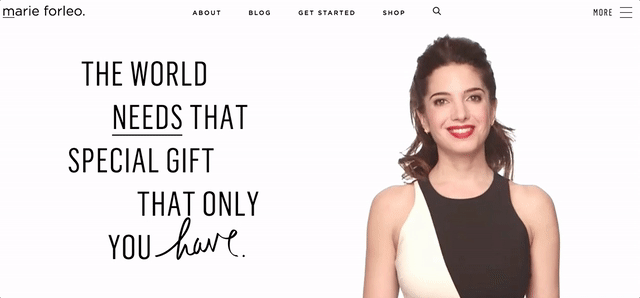
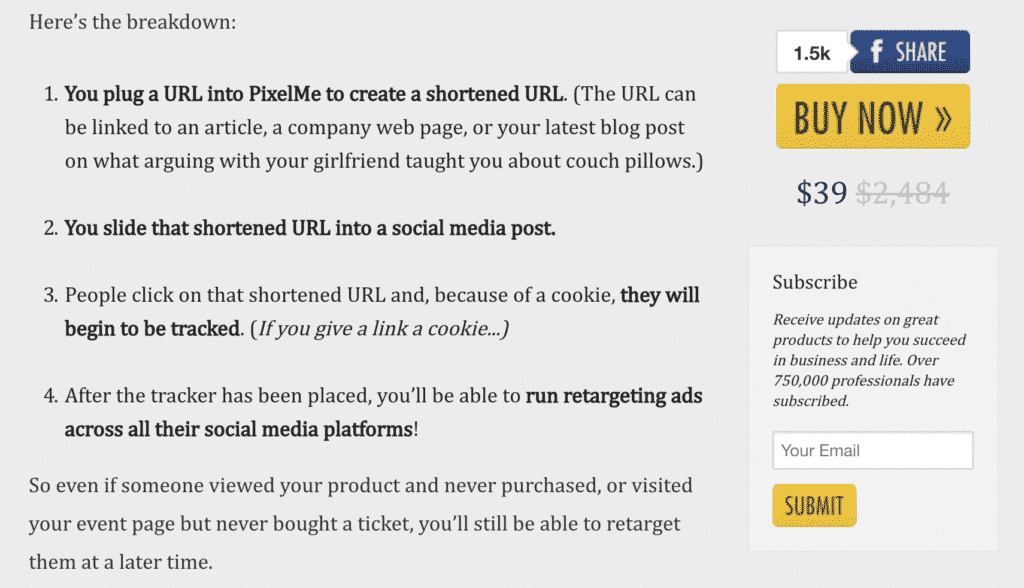
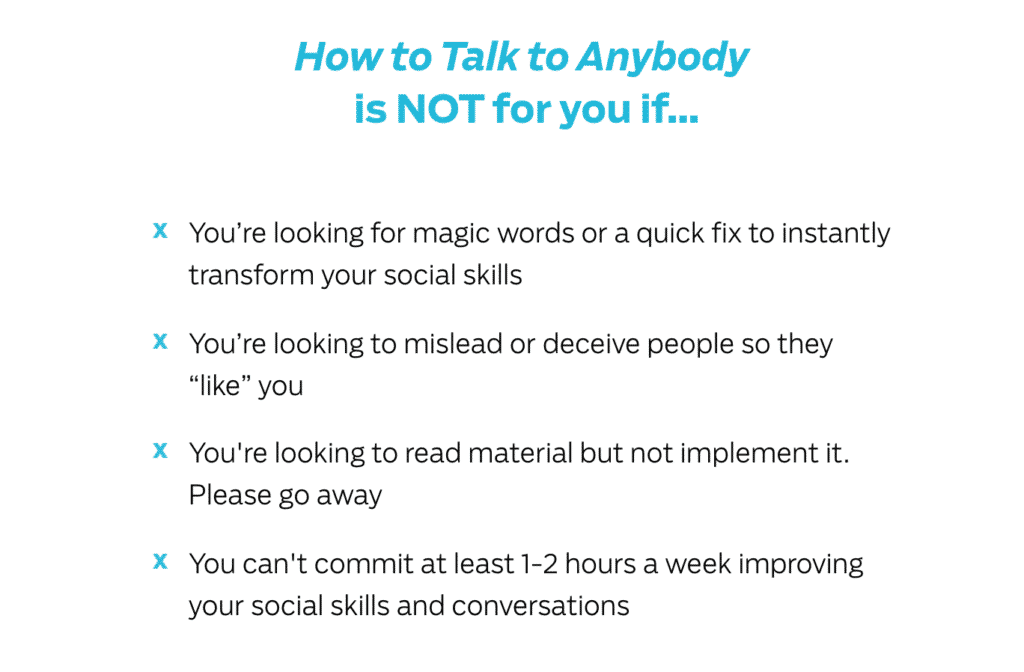
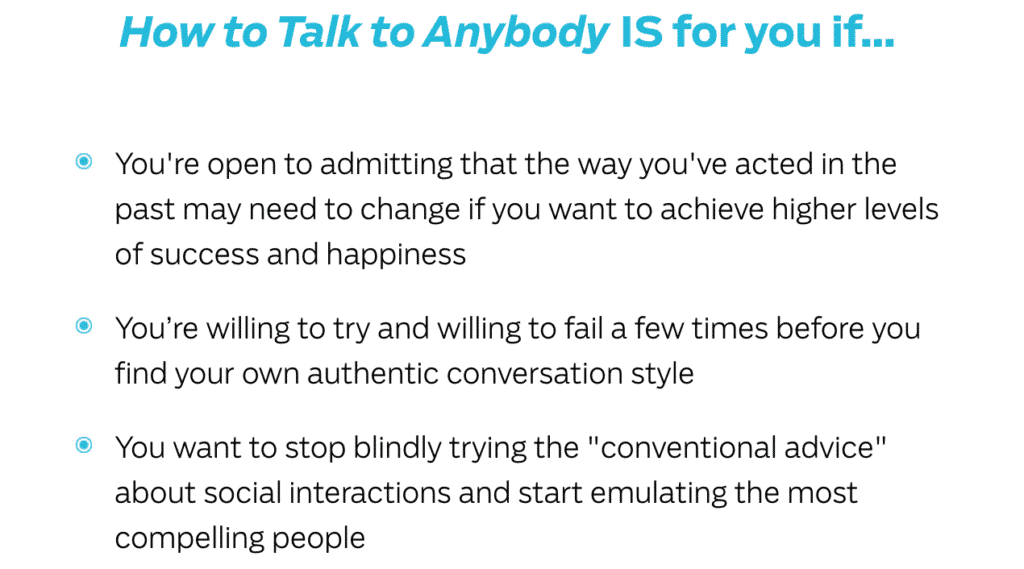
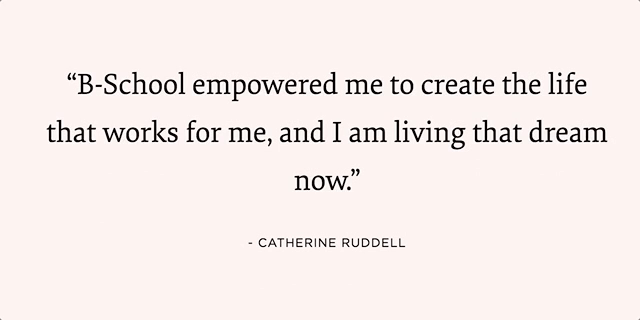
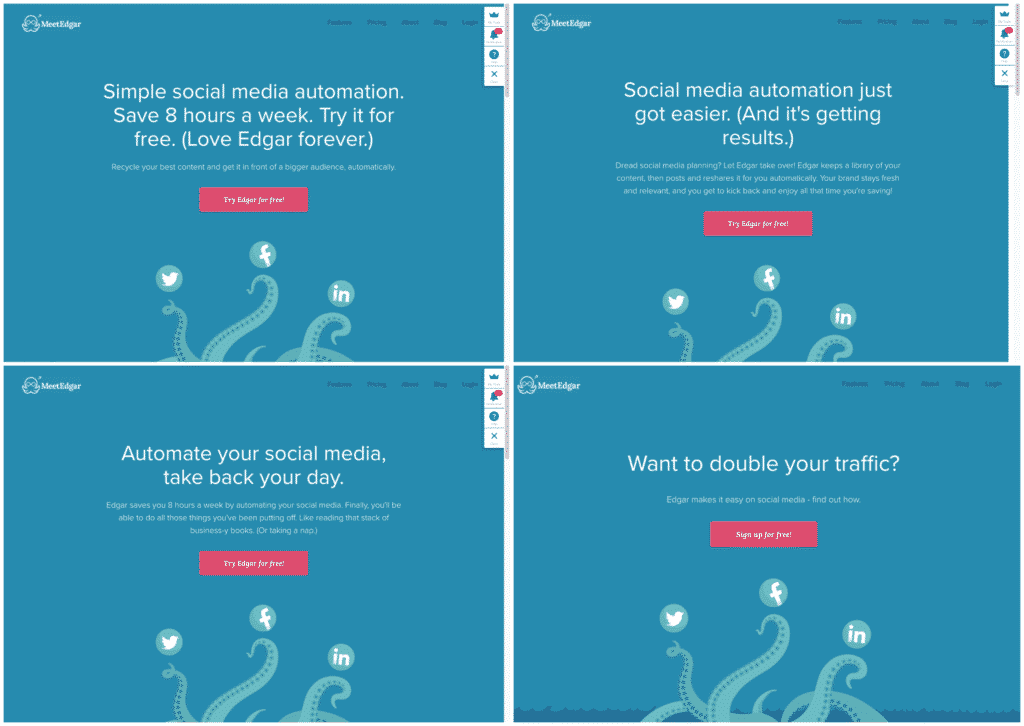

7 Comments
What is the sales page software that you’d recommend?
Depends on what you want it to do! For example, we use Stripe for payment processing, VWO for A/B testing, and Mixpanel for tracking/analytics. If you’re talking about just straight-up building the actual page itself, Unbounce is a great place to start!
LOVE THAT BOOK!
It’s so good, right?
I’ve never heard of that book, and am loving that this post gave me a new book to send to nieces and nephews!
If our Number One specialty is online marketing, our Number Two specialty is definitely children’s book recommendations.
???? ???? So many reasons to love Edgar!